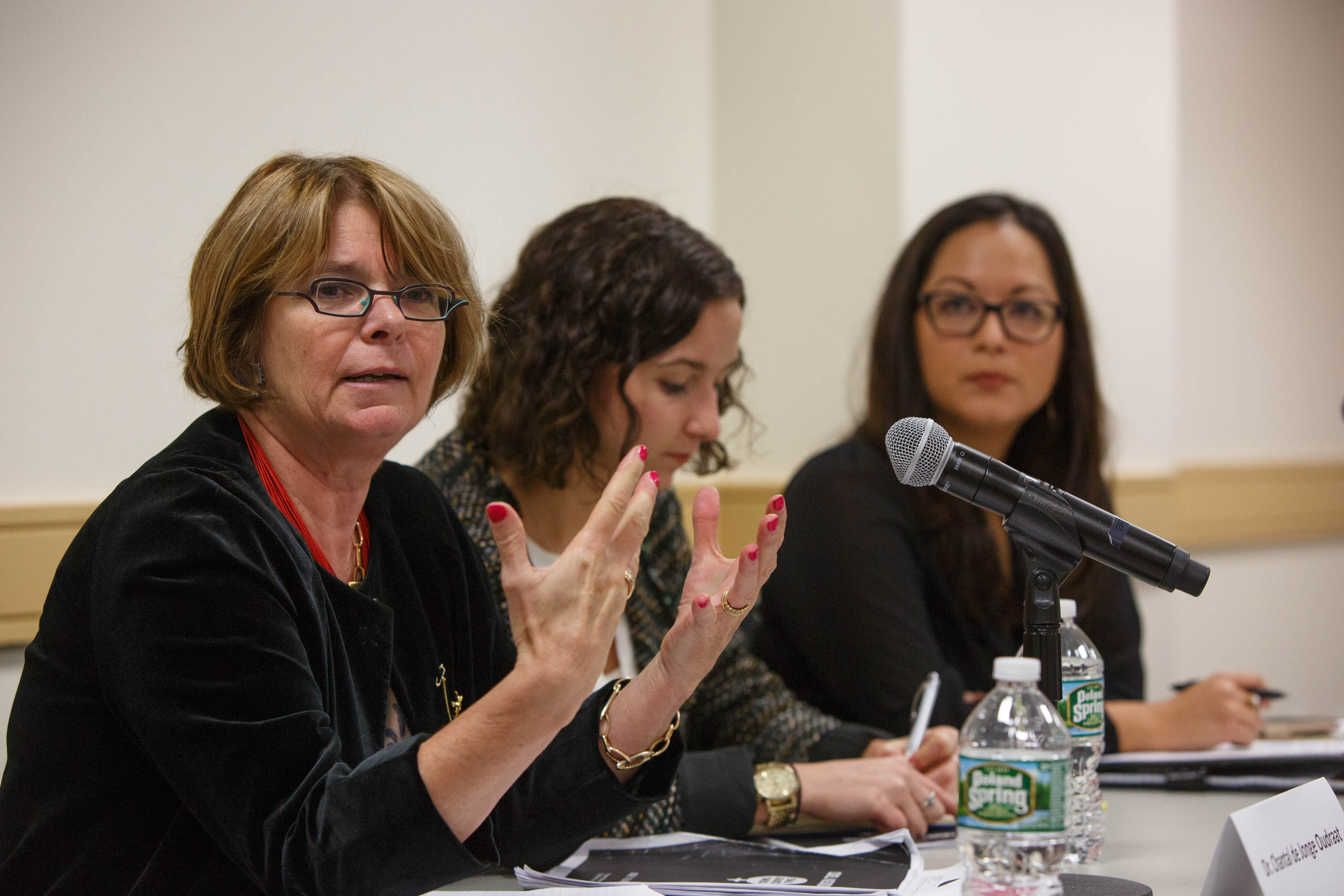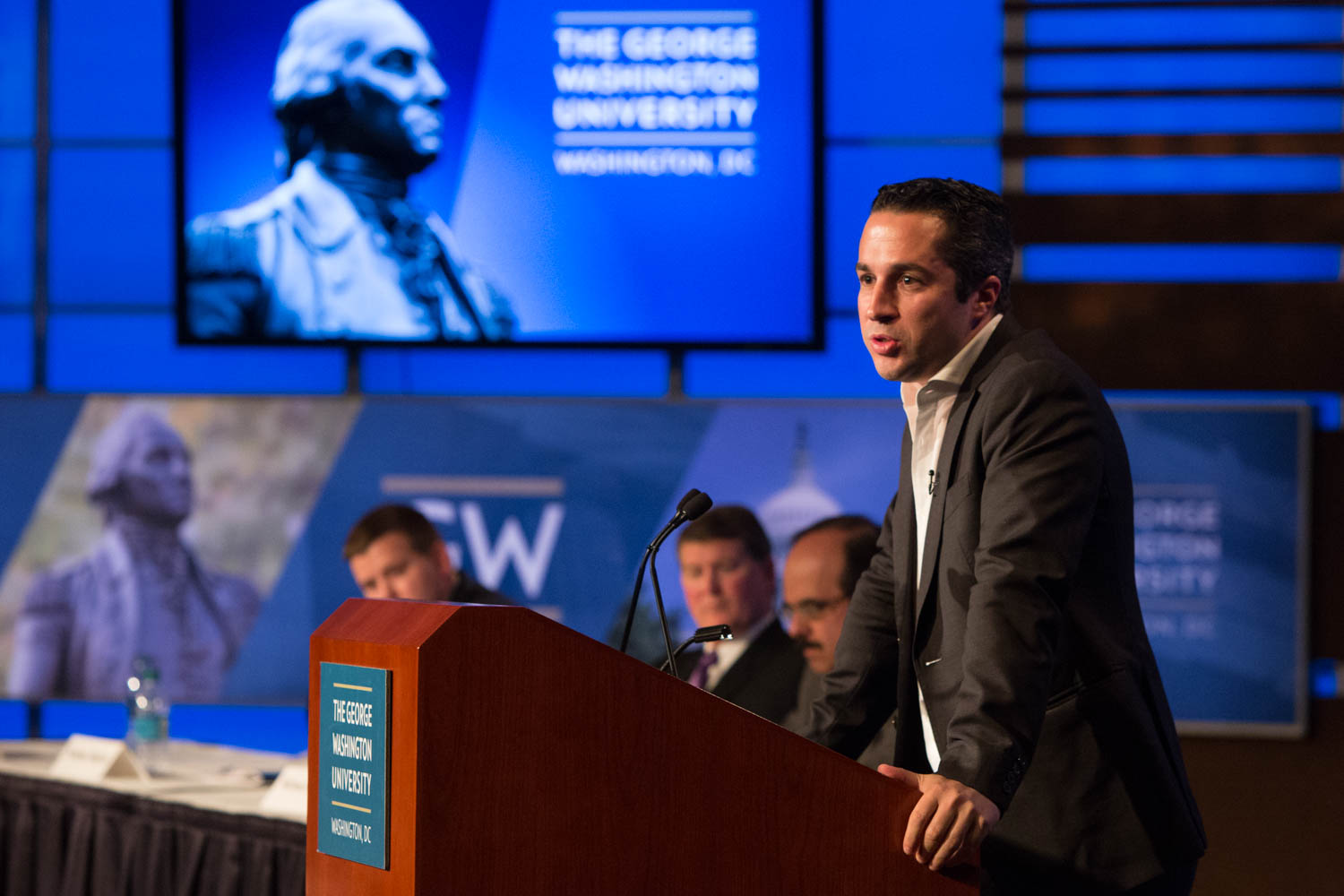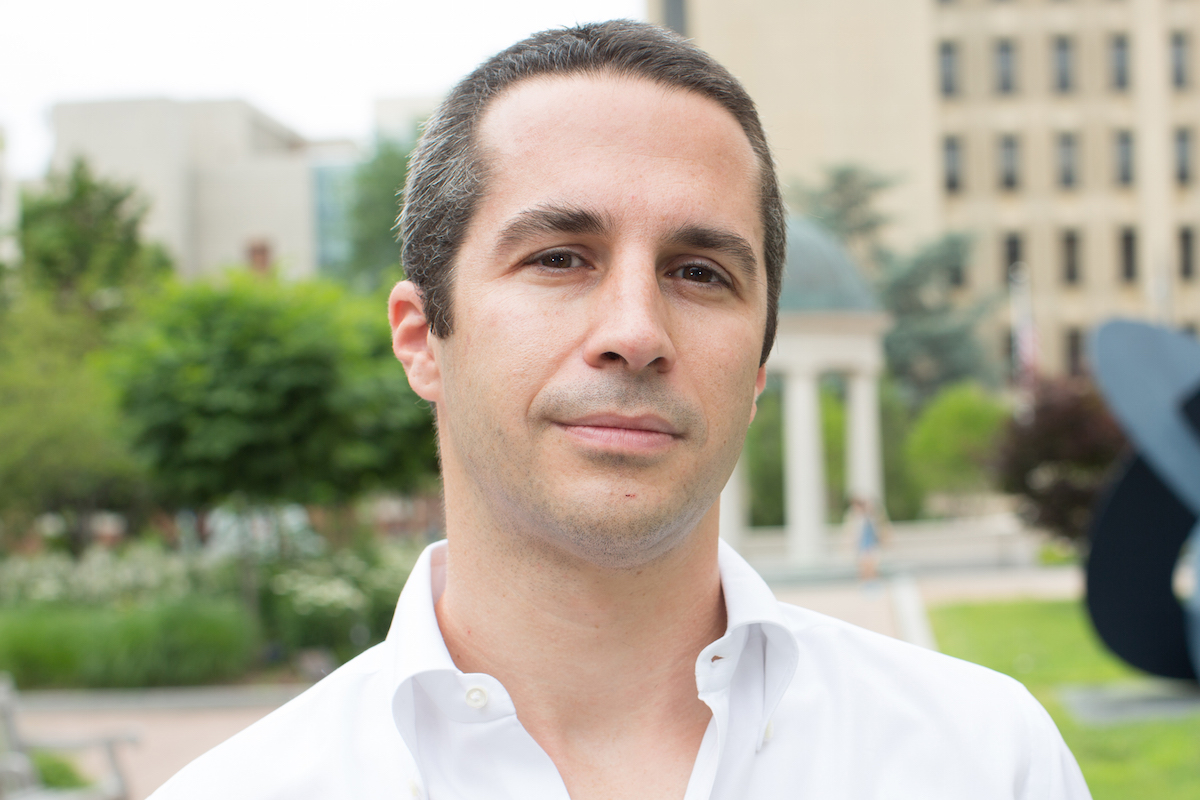By Kristen Mitchell
George Washington University Program on Extremism researchers released a first-of-its-kind study examining the roles of American jihadi women and found a significant increase in their participation in terrorist activity in the past five years.
The paper, “Cruel Intentions: Female Jihadists in America,” was released Thursday, almost exactly a year after Tashfeen Malik and her husband, Syed Rizwan Farook, shot and killed 14 people at a holiday party in San Bernardino, Calif., as part of a planned terrorist attack. The attack came on the heels of a 2015 paper about ISIS in America, which raised concerns about the growing presence of jihadi women.
The couple’s path to radicalization is still the subject of an ongoing FBI investigation, but Ms. Malik’s active role in carrying out the plot was a shock to many who categorize extremist women as taking an auxiliary role in jihad, said Audrey Alexander, Program on Extremism research fellow and author of the new paper.
“As a result of their actions, the threat became immediately apparent to policymakers, law enforcement officials and even the public that women were participating in terrorism,” she said.
Ms. Alexander examined the efforts of 25 jihadi women from January 2011 to September 2016. The women hail from 14 states and range from 15 to 44 years old, with an average age of 27. The women aligned themselves with a range of organizations including, but not limited to, the Islamic State, al-Shabaab, the Taliban and al-Qaeda.
There was no discernable profile of a female jihadist. Ms. Alexander said at a Thursday panel event focused on the study that more research is needed on why and how women participate in terror to debunk stereotypes that suggest they only play supporting roles.
“These findings do not identify a silver bullet, and they do not chart a clear path forward, but the efforts of jihadi women in America must be met with a varied response,” she said. “The diverse backgrounds of these cases will render all monolithic approaches ineffective.”
Within the wider movement, American women served primarily as plotters, supporters and travelers. Plotters, such as Ms. Malik, design and attempt to carry out domestic attacks. Supporters garner material support within U.S. borders, disseminate propaganda or conceal information about impending threats to advance the agenda of jihadist groups. Travelers migrate in order to participate in the movement directly.
While few female American jihadists appear to act alone or carry out violent plots, many support activities along with friends, siblings and romantic partners. The women are active online and offline, and social media use is common.
“Moving forward this study really supports the claim anecdotally but looking at the data, women have no fewer motives than men for engaging in jihad,” Ms. Alexander said. “This is a contested question in literature, and really there is limited research on this subject, so I’ve been proud to advance this question.”
Chantal de Jonge Oudraat, president of Women in International Security, and Naureen Chowdhury Fink, policy specialist on the United Nation’s Counter-Terrorism Committee, also participated in the panel discussion. Ms. Fink said terrorist groups increasingly exploit the shock value of female jihadists, and that by using women, extremists have advanced the legitimacy and potency of terrorist narratives.
Dr. de Jonge Oudraat said when law enforcement and researchers focus on women’s roles as only mothers and wives of jihadists, the scope of how they participate in terrorism can be obscured.
“If we’re not looking at these gender stereotypes in a critical matter, we actually overlook and diminish activities perpetrated by women,” she said.
The report says it is important for policymakers to offer alternatives to arrest. It also emphasized de-radicalization and prevention are necessary steps to countering violent extremism by woman, particularly in instances where individuals engage with the ideology but do not break the law or commit violence.
Women who denounce terrorist ideology can offer compelling narratives to deter other women from joining extremist groups, Ms. Alexander said.




